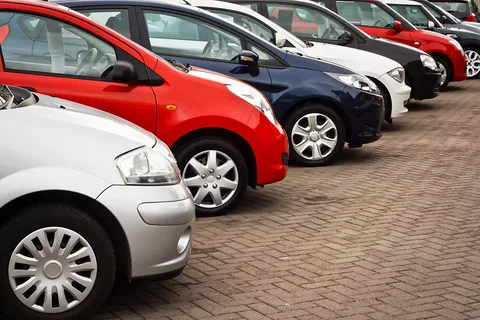Saving money is as good as anything in a world where one is able to be sure of acquiring a good, reliable car, especially when buying an car. The process itself, however, is complex enough; it becomes much so, especially if not equipped or even you are not well prepared.
To ensure that you get a smart and informed buying experience, here is your checklist when buying a used car.
- Set Your Budget
The most significant task is setting an appropriate budget. Other expenses that it may carry include taxes, registration, insurance, and possibly repairs. Do not forget to also ask the dealer if only cash payment is accepted or other financing options available for the car. Financing options are beneficial to spread the payment costs.
- Identify the Right Car for You
Determine a car type that best suits you. This can be along the lines of fuel consumption, cost of maintaining the vehicle, and their resale value. Many people these days refer to websites that can help them compare models together with the features within a given budget.
- Vehicle History Report
Get a vehicle history report from services like Car Checker. These reports reveal critical information that can determine whether it’s worth purchasing the car. Look for several major problems, among them but not limited to the following:
- Written off details
- Salvage history information
- Number of previous owners
- Service records
- Check the Car Closely
Here are the most critical parts and elements that you need to check with extra care:
- Exterior: Check for dents, rust, or mismatched paint that may indicate accidents.
- Interior: Check for wear, stains, or odors.
- Tires: The tires should be worn evenly with enough tread depth.
- Lights and Signals: Test all lights, brake lights, and turn signals
- Test Drive
Most defects will reveal themselves on test drive. Be alert to the following:
- Engine noise
- Brake function
- Steering alignment
- Acceleration and gear shifts
- Suspension
- Mechanic Inspection
Even if the car looks fabulous outside, always get inspected by a trusted mechanic to ensure they can find those problems that may not surface or come up on a test drive.
- Price Negotiation
Armed with all the research and history reports and mechanic feedback, negotiate a fair price. Always be prepared for the eventuality of having to walk away from a deal that just does not feel right.
- Paperwork
Ensure that all documentation is in order before making any payment. These include;
- V5 document
- Invoice
- Emission test (where applicable)
- Maintenance records
- Ownership Transfer
Ensure the V5 transfer and registration is done correctly and do not forget to update your insurance.
- Maintenance Planning
Immediately after buying, make an arrangement for service to ensure that your car operates with ease. Change all fluids, replace filters and do oil changes among many others.
Conclusion
Buying a used car is an excellent experience if approached carefully. This checklist will help minimize risks and get the best value for your money. Take your time, be informed, and enjoy the satisfaction of a well-made purchase!


